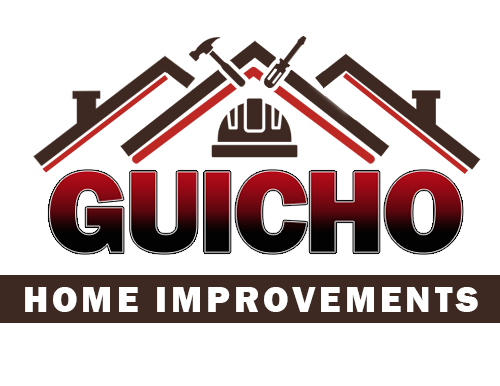Windows is essential to your home’s comfort, aesthetics, and energy efficiency. Over time, however, they can become less effective, leading to various issues that may indicate it’s time for an upgrade. But when exactly is the best time to replace your windows? And how can you tell if your windows are outdated? Will examine these inquiries and highlight the top 10 signs that it’s time to replace your windows. Upgrading your windows not only improves the look of your home but also enhances its insulation, minimizes noise, and can dramatically save on energy costs, making it a worthwhile investment. Moreover, new windows can address problems like drafts, condensation between the glass, and trouble opening or shutting the window. By recognizing the signs early, you can ensure your home remains comfortable, secure, and energy-efficient.
The Best Time to Replace Your Windows
Problems opening or shutting, drafts, and moisture between the panes. The most optimal periods are typically during the spring and early fall. These seasons offer mild weather conditions, making the installation smoother and more comfortable. Additionally, you’ll avoid summer and winter’s high heating and cooling demands, ensuring a more consistent indoor temperature during the transition.
Confused about whether to repair or replace your roof? Our Wayne Roof Experts can provide clarity. A new roof might be necessary for older roofs in disrepair, but minor storm damage can often be repaired. Contact us today to book a consultation with one of our roofing specialists!
These Are Ten Indications That Your House Windows Need to Be Replaced
- Drafts: One of the most obvious signs that it’s time to replace your windows is feeling a draft. If you notice cold air seeping around the frames, your windows are no longer insulating your home effectively.
- Condensation: Persistent condensation between the glass panes can indicate that the seals have failed. This affects visibility and suggests your windows are not operating at optimal energy efficiency levels.
- Rising Energy Bills: If you’ve noticed a steady increase in your heating and cooling costs, your windows could be to blame. Old or inefficient windows can let out air that is warm in the winter and cold in the summer. Forcing your HVAC system to work harder.
- Difficulty Opening or Closing: Windows that are difficult to open or close or get stuck frequently indicate that the frames are warped or the hardware is failing. This can pose safety issues and hinder proper ventilation.
- Visible Damage: Cracks, warps, and rotting in the window frames indicate that a replacement is needed. Damaged windows look unattractive and potentially jeopardize your home’s structural stability.
- Soundproofing Issues: If you hear a lot of outside noise, your windows must provide adequate sound insulation. Modern windows are designed to block out noise, making your home quieter and more peaceful.
- Water Damage and Leaks: Water stains around the windows, mold, or leaks require immediate attention. These problems may result in more severe harm. If not addressed promptly.
- Fading Furniture: UV rays from the sun can cause your furniture, carpets, and artwork to fade. If you notice significant fading, replace your windows with ones that offer better UV protection.
- Single-Pane Windows: Homes with single-pane windows are likely to have poor insulation compared to double or triple-pane options. Upgrading to multi-pane windows can drastically improve energy efficiency and comfort.
- Aesthetic Upgrades: Sometimes, replacing your windows is a matter of updating the look of your home. Modern windows come in various styles and materials that can enhance your home’s curb appeal and value.
How Do I Know If My Windows Are Outdated?
Outdated windows typically exhibit several of the signs mentioned above. They might be single-pane, need more energy-efficient features, or look worn out. Suppose your windows are more than 15-20 years old. In that case, consider an upgrade to benefit from advances in window technology, such as improved insulation, noise reduction, and enhanced security.
Conclusion
Replacing your windows is an investment that increases comfort, lower energy bills, and improves home value. If you’ve noticed any signs listed above, it’s time to take action. Spring and early fall are the best times to replace your windows, ensuring you get the job done efficiently and enjoy the benefits all year round. Don’t wait until your old windows become a bigger problem—start planning your window replacement today and enjoy a more comfortable, energy-efficient home.





